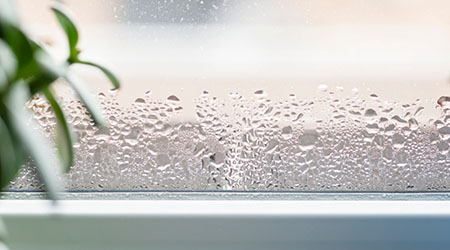Humidity in buildings, even in hospitals, has gotten a bad rap, according to an article on the Infection Control Today website.
Some hospitals actually prefer to turn humidification systems off in patient-occupied spaces.
However, low humidity strengthens infectious microbes and weakens the human immune system.
Hospital facility managers often follow building standards that are not necessarily based on medical data. By having an understanding of how the built environment influences clinical outcomes gives the infection control team new tools for reducing HAIs.
A 2014 study in a tertiary care hospital analyzed patient room metrics in conjunction with HAIs in the patients occupying those rooms. The most significant correlation with which infection rates was room relative humidity (RH) less than 40 percent.
In fact, research has linked air between 40 and 60 percent relative humidity (RH) with less-effective aerosol travel or pathogens, shorter airborne and surface survival times, lower transmission rates and more effective patient lung repair functions, according to a Consulting-Specifying Engineer article.
Read the full Infection Control Today article.

 Contaminants Under Foot: A Closer Look at Patient Room Floors
Contaminants Under Foot: A Closer Look at Patient Room Floors Power Outages Largely Driven by Extreme Weather Events
Power Outages Largely Driven by Extreme Weather Events Nemours Children's Health Opens New Moseley Foundation Institute Hospital
Nemours Children's Health Opens New Moseley Foundation Institute Hospital Code Compliance Isn't Enough for Healthcare Resilience
Code Compliance Isn't Enough for Healthcare Resilience Ribbon Cutting Marks First Phase Completion for New Montefiore Einstein Facility
Ribbon Cutting Marks First Phase Completion for New Montefiore Einstein Facility